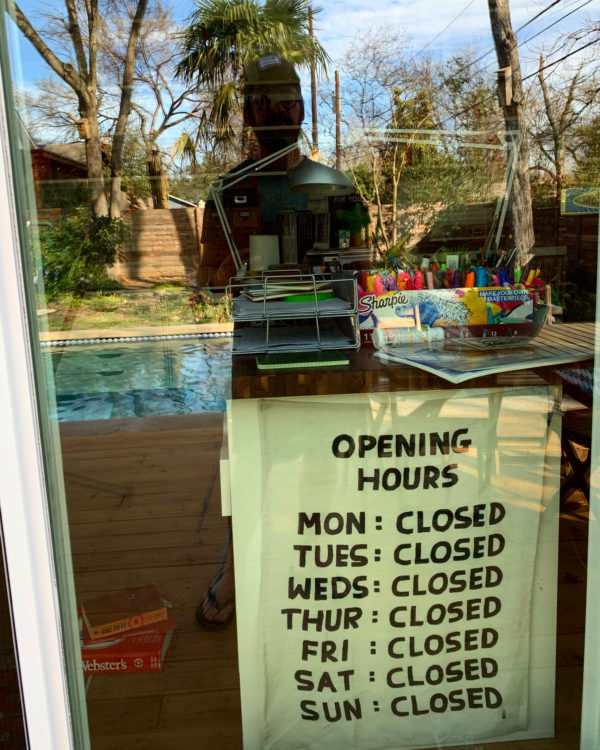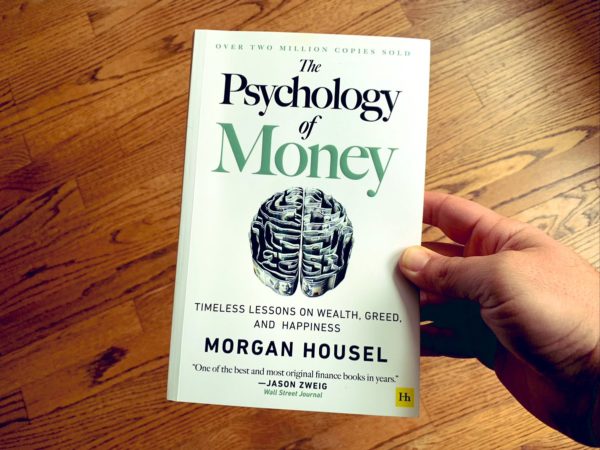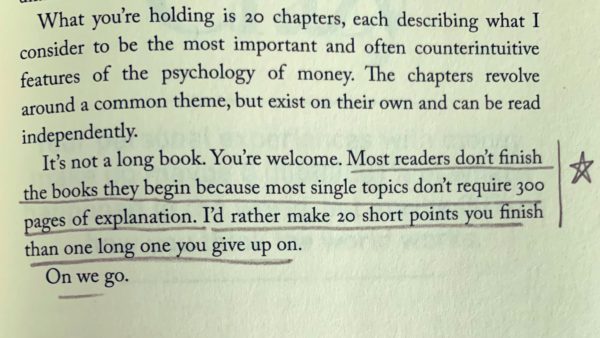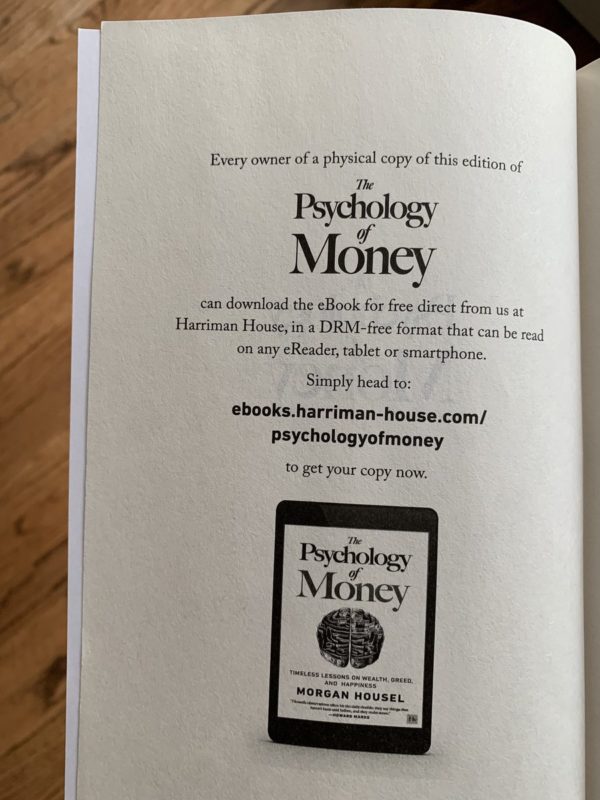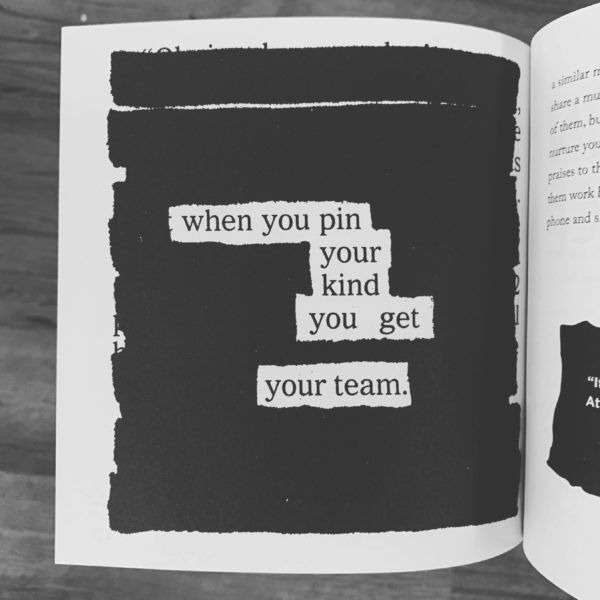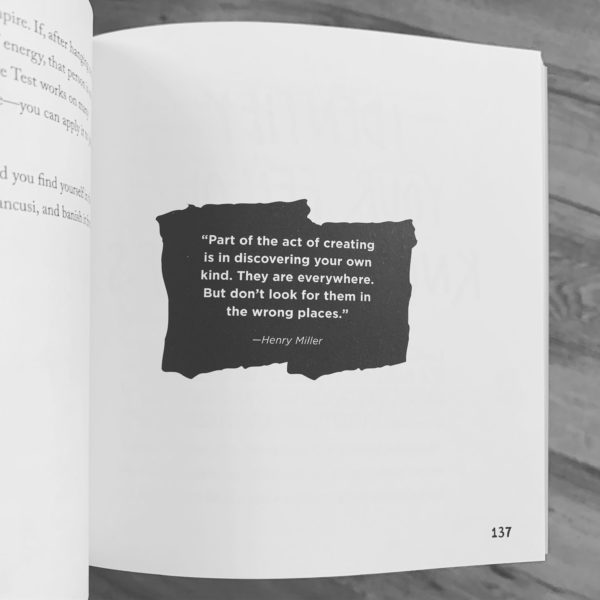
Today’s office hours over on the newsletter are making me feel guilty about all the books I tried to write to answer some of those exact questions and failed to get off the ground. (What’s beautiful is that other people have better answers than I do.)
